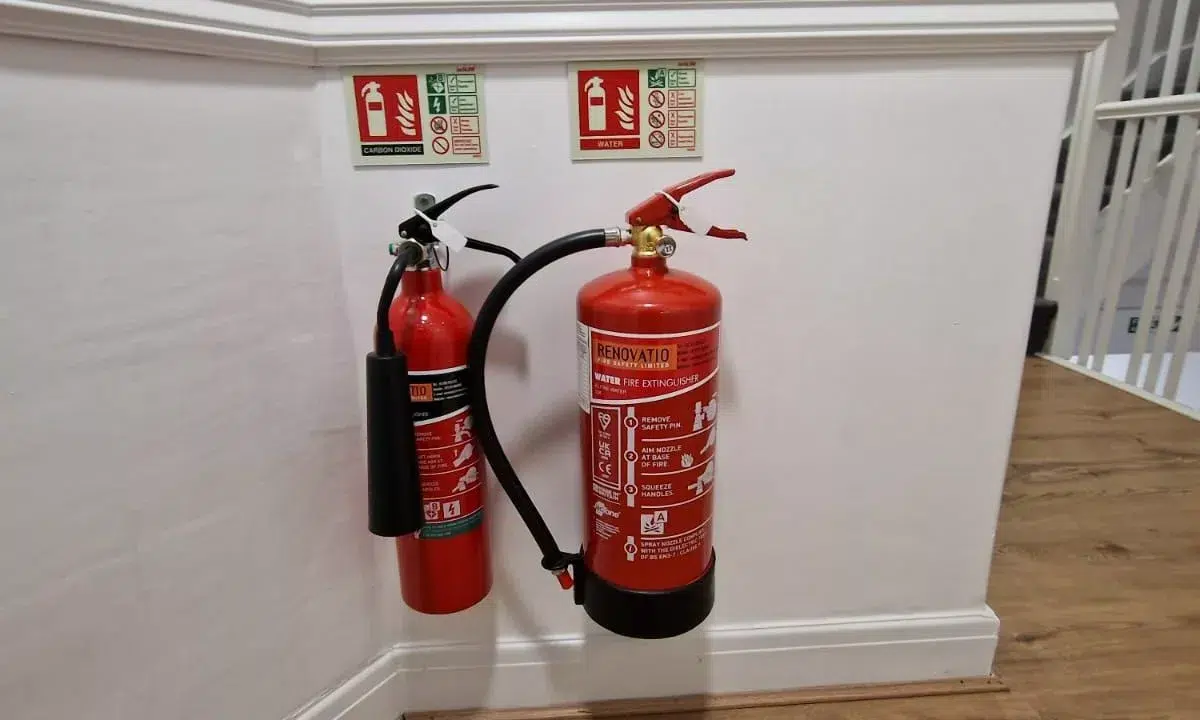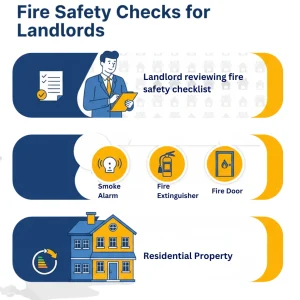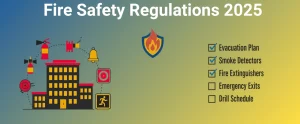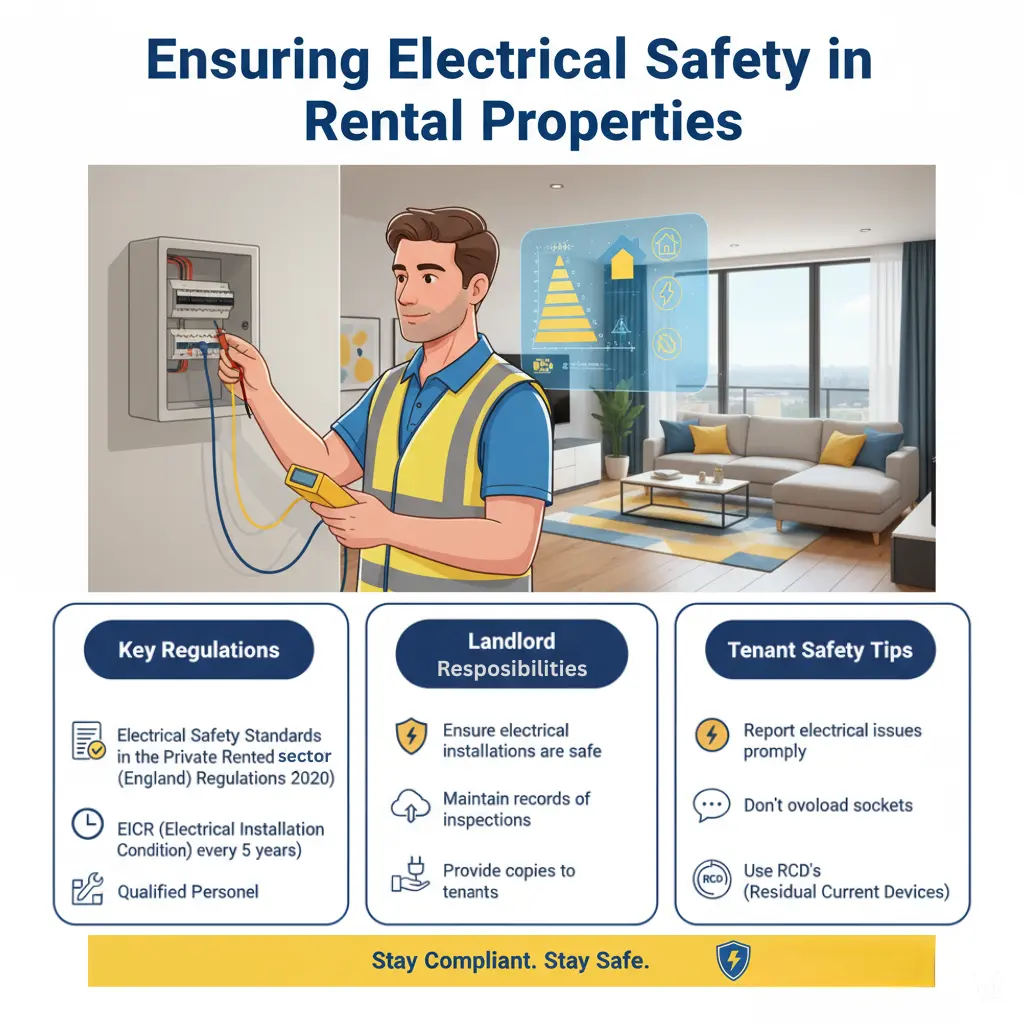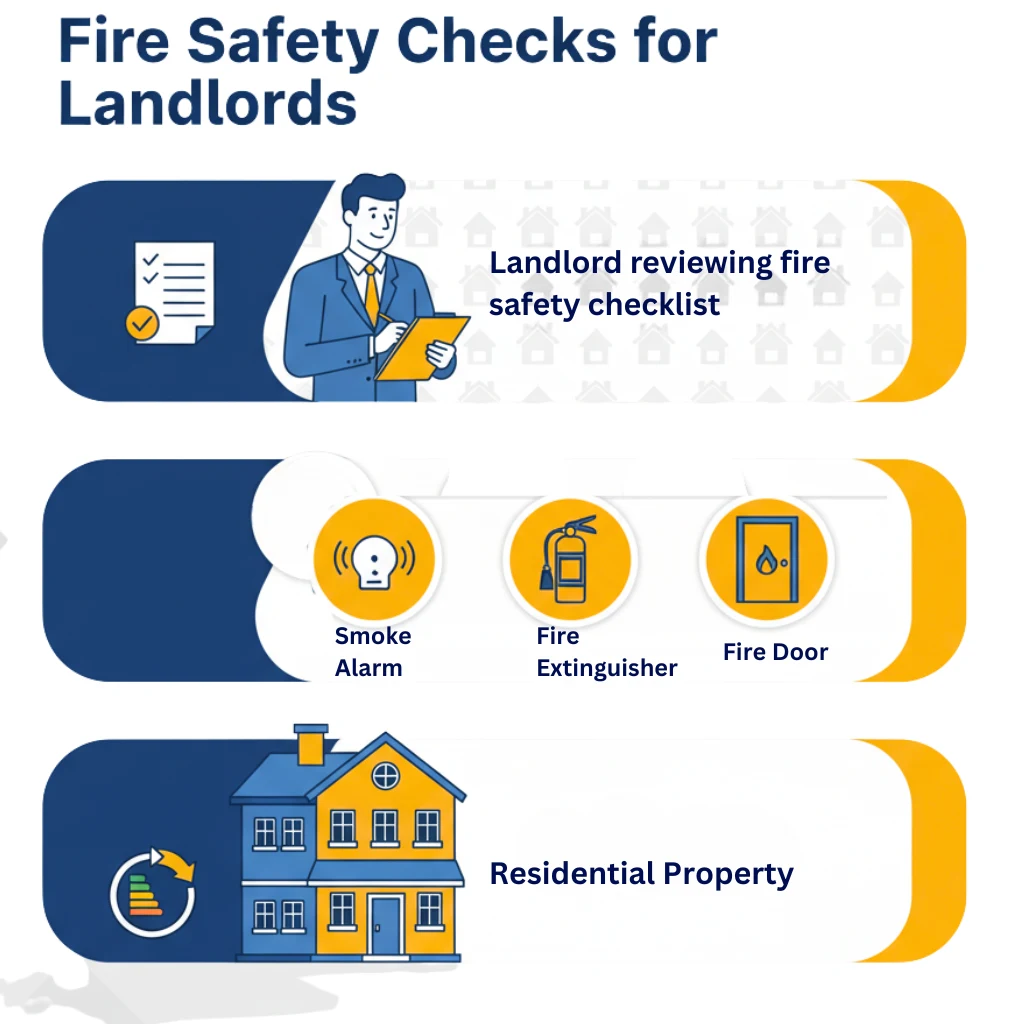According to the Regulatory Reform (Fire Safety) Order 2005 (RRO) any buildings with regular occupants must conduct a Fire Risk Assessment. Commercial buildings such as factories and shops are included in the law. The FRA for commercial buildings can differ from those for flats and apartments.
So, how many types of fire risk assessment are there? The answer is four and in today’s article we will look at each of them in detail. You will learn a bit about the types of fire risk assessment for commercial property in the UK once we are done.
What is A Commercial Fire Risk Assessment?
First of all, a commercial fire risk assessment in the UK is an important process meant to ensure the building’s occupant’s safety. The assessment checks the likelihood of a fire, how dangerous it might be, and what preventative measures are implemented in the building. The process also identifies what future steps should be taken for greater safety and security.
Fire safety is a responsibility that must not be underestimated. Also, the laws surrounding it are continuously changing and evolving. Therefore the Responsible Person of a commercial property needs to stay updated regularly for the safety of the occupants.
By law, an FRA involves checking a few key areas:
- Identify Fire Hazards: Look for things that could start a fire, like faulty wiring or flammable materials.
- Identify People at Risk: Think about who could be in danger if a fire happens, like employees, visitors, or customers.
- Evaluate, Remove, or Reduce Risks: Decide how to get rid of or lessen the risks. This could mean fixing broken equipment or storing dangerous materials safely.
- Record the Findings, Prepare an Emergency Plan, and Provide Training: Write down what was found, plan what to do if there is a fire, and train staff on fire safety.
- Review and Update the FRA Regularly: Keep checking and updating the assessment to make sure it stays effective.
In addition, Fire Risk Assessment experts will also consider a few extra things:
- Emergency Routes and Exits: Make sure there are clear paths to escape and enough exits.
- Fire Detection and Warning Systems: Have systems in place to detect fires and warn people.
- Fire Fighting Equipment: Ensure there are tools like fire extinguishers available.
- Safe Storage of Dangerous Substances: Store flammable or hazardous materials safely.
- Emergency Fire Evacuation Plan: Have a clear plan for getting everyone out safely in case of a fire.
- Needs of Vulnerable People: Consider special plans for elderly people, children, or people with disabilities.
- Staff Fire Safety Training: Make sure employees know what to do in case of a fire.
- Providing Information: Give clear fire safety information to everyone in the building, including employees and visitors.
Further Reading: What Is The Legal Requirement For Fire Risk Assessments in the UK
Importance of A Commercial Fire Risk Assessment
Knowing what you know about fire risk assessment, you should clearly understand its importance. But here are some reasons that should convince you of its importance:
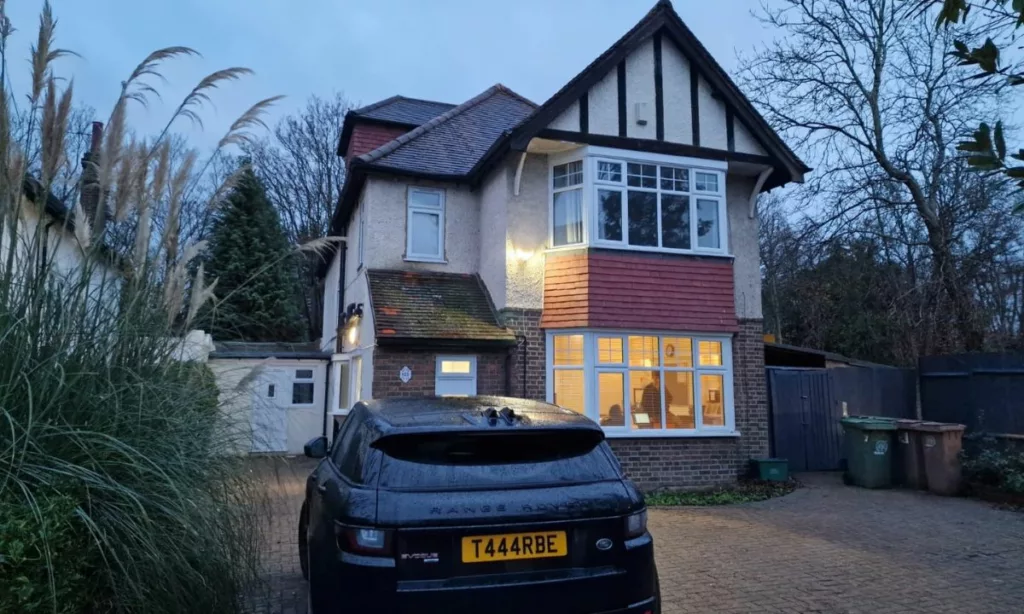
Protecting Lives
Residential and commercial fire risk assessment is essential because it keeps people safe. The assessment finds fire risks in a property and provides guidelines on how to prevent them. This ensures that people getting by fire is less likely. Businesses that know how and where fires might happen can take measures to stop them from happening in the first place.
Preventing Property Damage
Fires are notorious for causing damage to buildings, equipment, and belongings in the millions of pounds. But if you conduct a professional commercial fire risk assessment you will know ways to reduce the chances of fire thus reducing potential damage costs. Businesses can ensure fires don’t happen easily by fixing faulty wiring, installing fire alarms, or storing flammable materials safely.
Ensuring Compliance with Regulations
Commercial property in the UK must conduct fire risk assessment whether they want it or not due to being mandatory. Not conducting them comes with penalties such as fines in the thousands of pounds or even jail time for up to two years. So businesses must conduct an FRA to meet the legal requirements for legal and safety reasons.
Minimizing Disruption to Operations
Fire is all-around bad for business. Aside from damaging your property and handing you a hefty repair and replacement fee, it also disrupts your operations and causes delays. However, with a fire risk assessment, you will know what to do to reduce the chances of a fire and ensure your business operations continue running smoothly.
With the proper preventive measures, you can also ensure that if a fire does happen, you can put it out quickly and efficiently. This will lessen the blow to your operation significantly. For more detailed guidance, refer to How to Check Fire Safety
Types of Fire Risk Assessment
Now it’s time to go over the types of fire risk assessment for commercial property in the UK. Remember these types also work on residential properties as well. There are four major types of FRA in the UK.
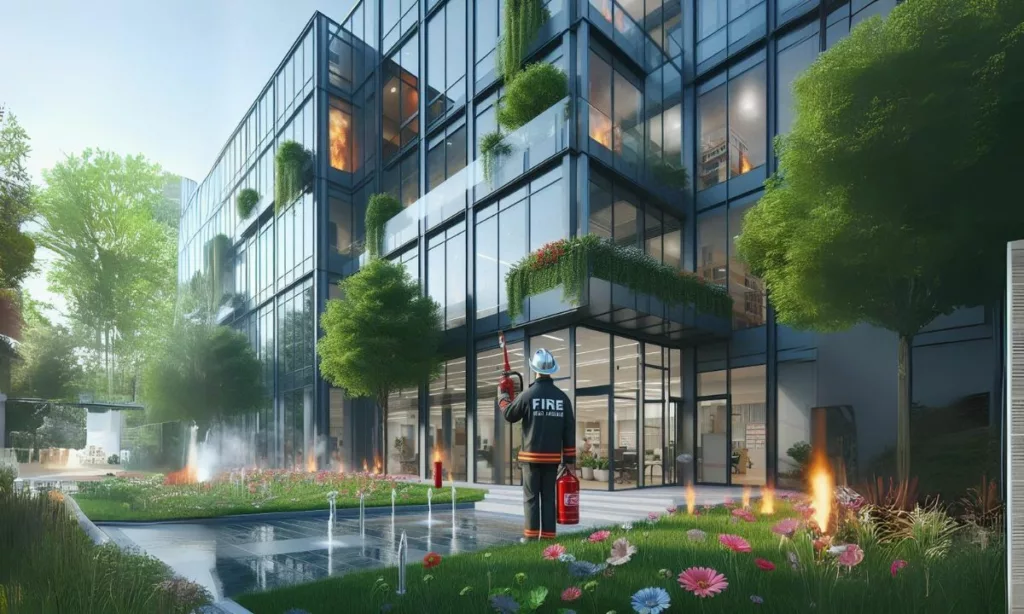
Type 1 Fire Risk Assessment (Common Parts – Non-Destructive)
Starting with the simplest type of fire risk assessment which is Type 1. This type focuses mainly on checking a building’s common areas without causing any damage. The evaluation will primarily check for escape routes. Also, the entry and exit points of a building, such as the doors to flats, will be checked. If there are false ceilings the assessor will check them as well. Once complete the assessor will, if needed, provide a report with detailed assessment.
Type 2 Fire Risk Assessment (Common Parts – Destructive)
Type 2 FRA takes things a step further than Type 1. This type will look at areas that need to be opened so damages might occur. Contractors might be called to ensure potential damages are limited. If there is any damage, it will be repaired once the assessment is completed. Most assessors will recommend the building be emptied since damages could happen.
Type 3 Fire Risk Assessment (Common Parts and Flats – Non-Destructive)
Type 3 and Type 1 fire risk assessments for residential and commercial property in the UK are similar. In Type 3 the assessment will include common areas and individual flats. Also, the escape routes, the fire resistance of doors inside flats, and fire alarms will be checked.
Type 4 Fire Risk Assessment (Common Parts and Flats – Destructive)
Finally, we have the Type 4 FRA which is the most thorough and does some damage. Like type 3 the common areas and individual flats are assessed. Contractors may need to create some openings for detailed inspections. Once the assessment is done repairs will be made. Like with type 2, you should empty the building for the type 4 assessment.
Further Reading: How Often Should You Review Fire Risk Assessments?
Conclusion
So there you have the 4 types of fire risk assessment for commercial property in the UK that also works for residential buildings. Each of these types has pros and cons, so you need to decide which is best for your building.
If you are having a hard time deciding we recommend you contact us for details. AllLandLordCertificate provides the best fire risk assessment in London and surrounding areas. Our services are top-notch and are available at a very affordable rate.
Read More: Landlord Certificates for HMO Property
